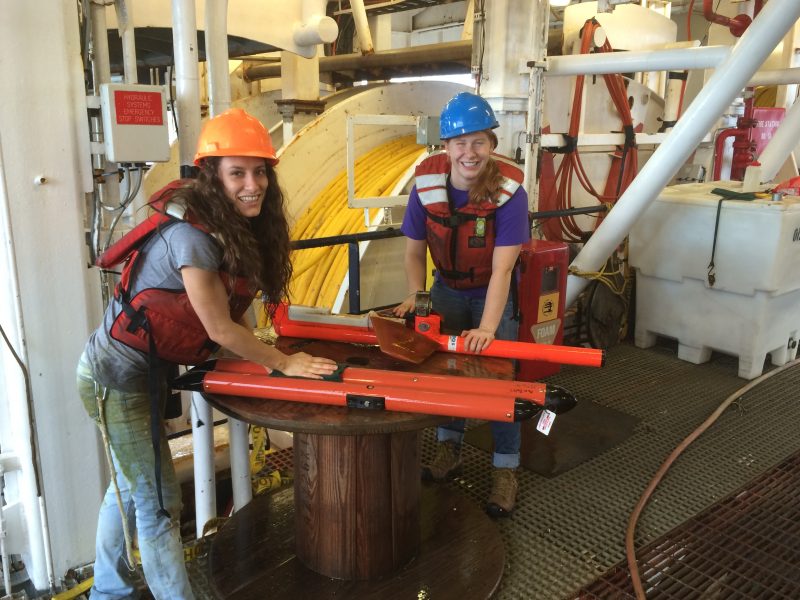Exploring Plate Boundaries
November 20, 2017

Nathan Bangs, a senior research scientist at the University of Texas Institute for Geophysics (UTIG), has been funded by the National Science Foundation to lead three international seismic surveying cruises on the Research Vessel Langseth to study plate boundaries and subduction zones off the coast of Chile and New Zealand.

Subduction zones are a type of fault that cause the largest and most powerful earthquakes and tsunamis in the world, such as Sumatra 2004, Chile 2010 and Japan 2011. The Hikurangi subductio zone, for instance, potentially poses the largest earthquake and tsunami hazards in New Zealand.
“It is poorly understood why some subduction zones slip quickly and produce great earthquakes and large tsunamis, while others slip slowly or slip without generating notable earthquakes at all,” Bangs said.
“Seismic surveys like the ones we are acquiring on the Langseth will help us see the structure of these subduction zones down 10–20 kilometers below the seafloor to assess the conditions and processes that control how these plates interact. These observations are critical for understanding all subduction zones, including those that will impact the U.S. such as Cascadia and the Aleutians.”
The first cruise took place in January and February 2017. The Crustal Experiment from Valdivia to Illapel to Characterize Huge Earthquakes (CEVICHE) expedition conducted a seismic exploration of the source regions of the 2015 Illapel and 2010 Maule earthquakes and the northern half of the rupture zone of the great 1960 Valdivia earthquake.
Ph.D. students Brooklyn Gose and Kelly Olsen, UTIG postdoctoral researcher Shuoshuo Han and UTIG Research Associate Adrien Arnulf also helped at sea during CEVICHE.
Bangs is also leading a cruise in October and November 2017 and another in January and February 2018 off the eastern coast of New
Zealand’s North Island that will study the Hikurangi subduction zone to determine controls on subduction zone earthquakes generally and risks to New Zealand specifically. The Hikurangi subduction zone is a plate boundary where the Pacific tectonic plate dives underneath the Australian tectonic plate.
